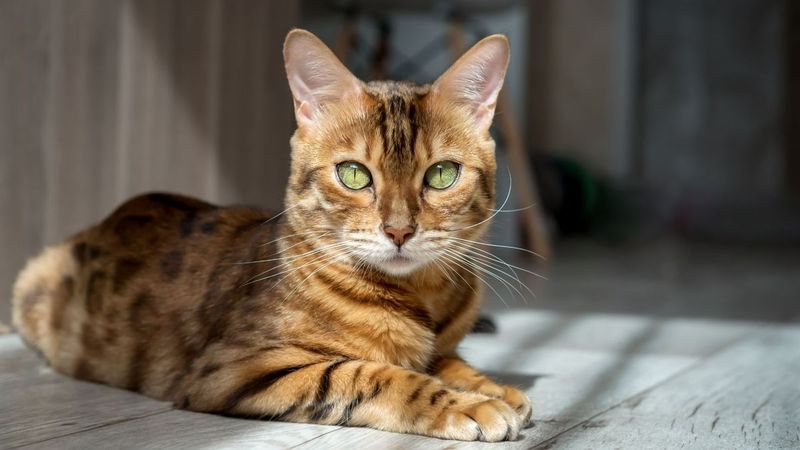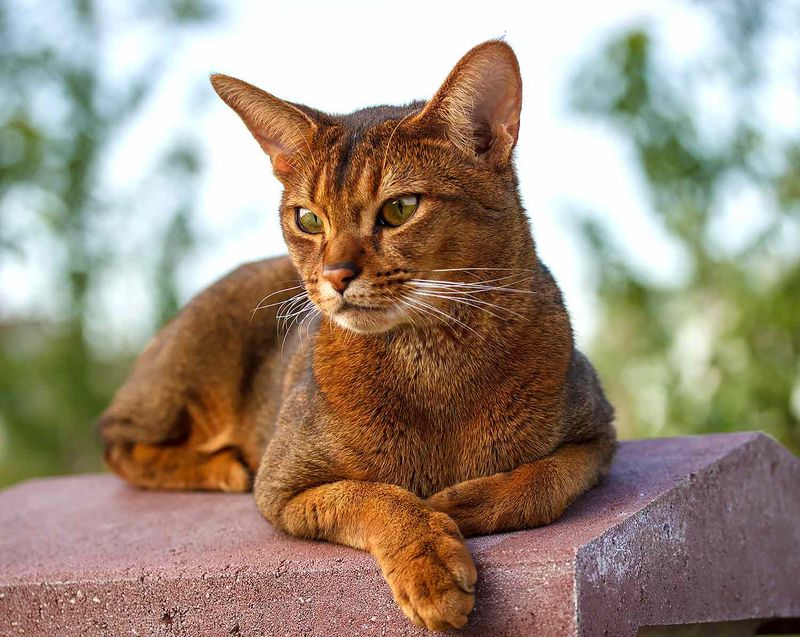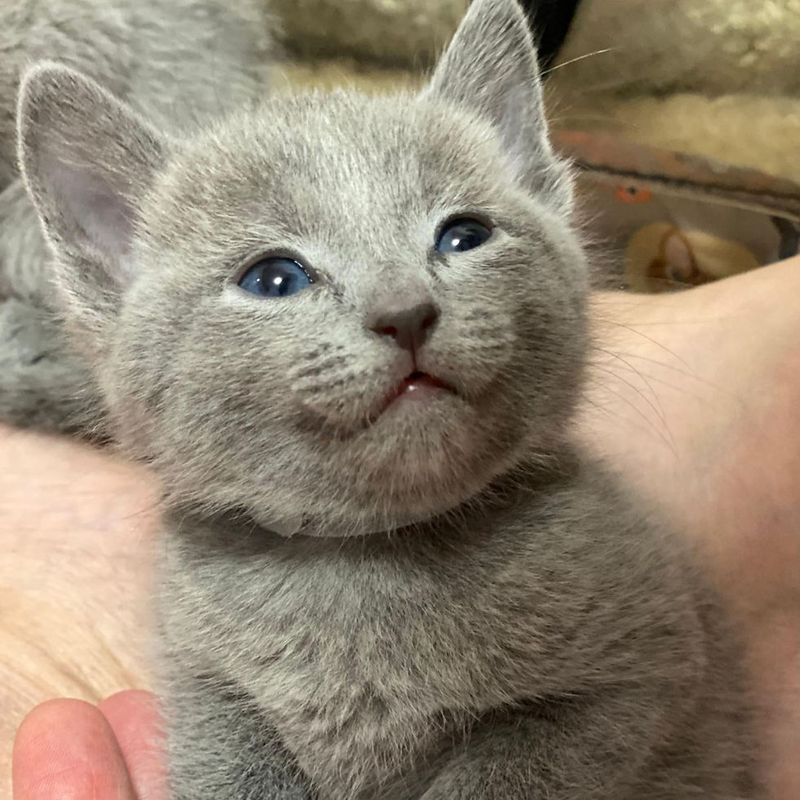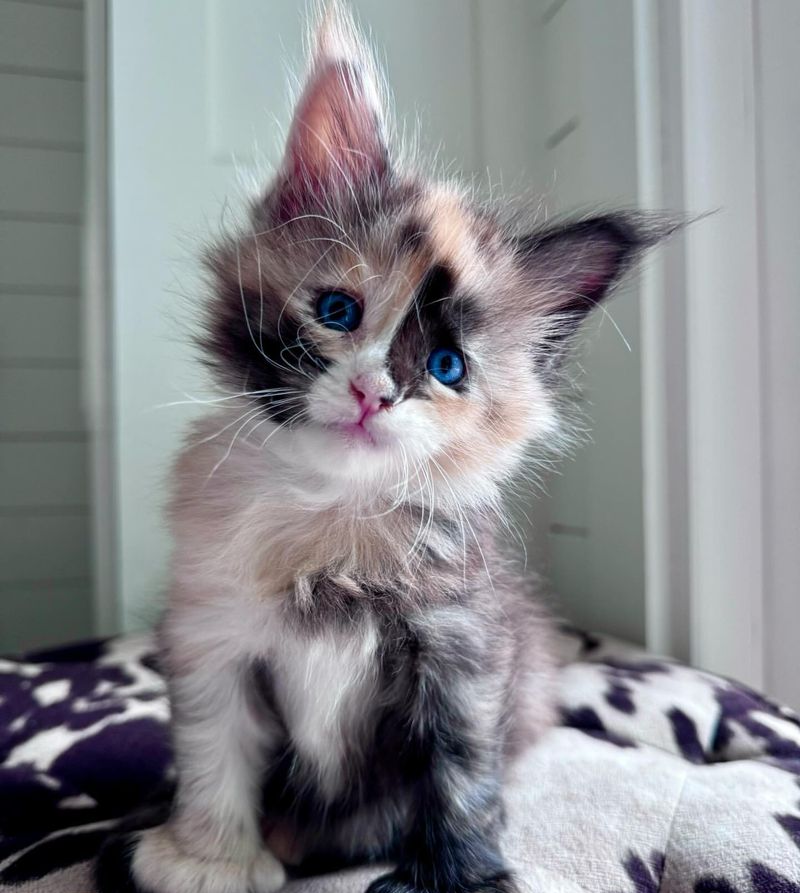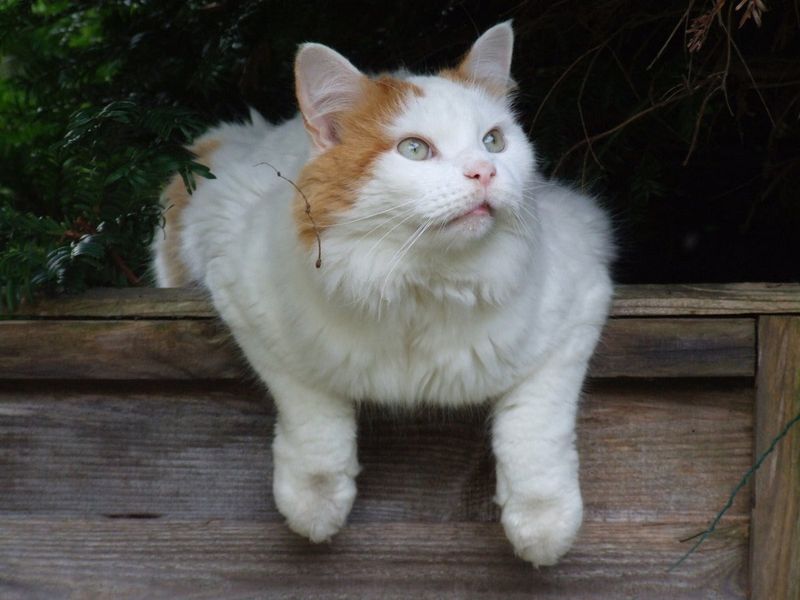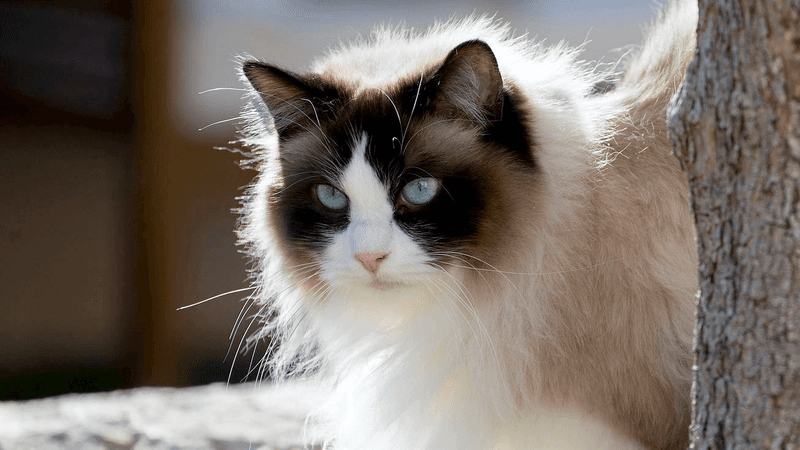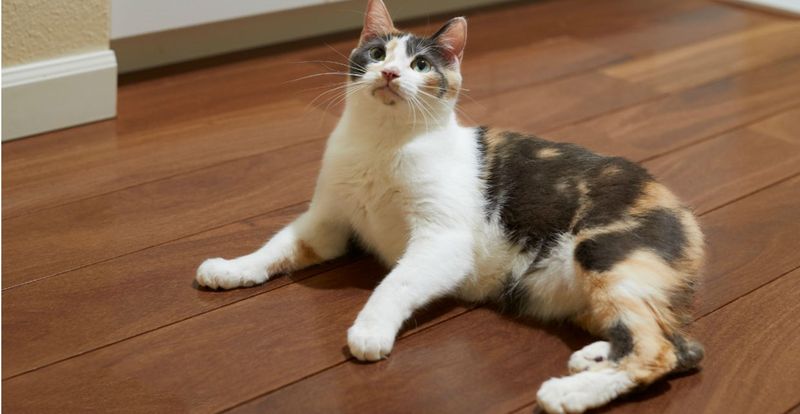You identify as a cat person but you’ve never owned a cat. For quite some time you’ve been considering getting one, but you just can’t make up your mind. You pretty much adore all of them, but you can’t help but wonder what are the worst cat breeds for first-time owners.
Don’t worry, you’re not alone! Many people struggle to decide which breed to opt for since they are all so different – just like people are. Yes, cats might be similar in many aspects, but any multi-cat owner will tell you that each kitto has a mind of its own.
It’s good to remember that being a cat parent is so much more than just having a picture purrfect feline. True, they’re undeniably gorgeous, but they are so much more than their pretty face. It’s actually their unique personality that makes them, them.
However, some floofs’ personalities might be too much to handle, especially for first-time owners. If you wish to become a first-time cat parent, it would be best to do some research and check which breed will fit best with your lifestyle.
And if you already have a breed in mind, keep reading to find out if your dream cat made it onto our worst cat breeds list and why.
1. Persian Cats
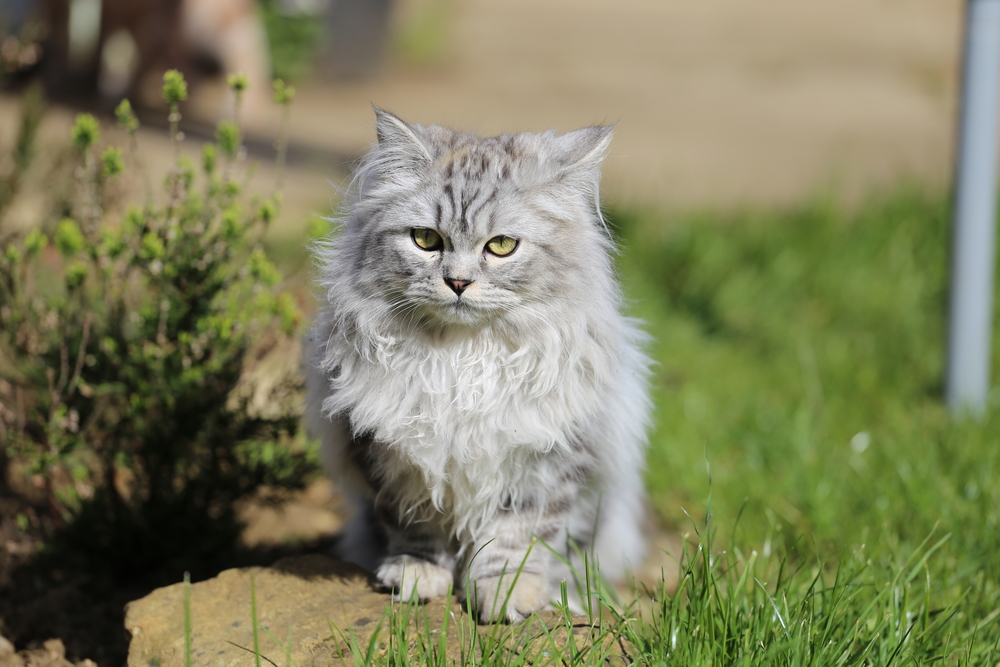
Persians are famous for being the sweetest cats with a laid-back temper and a great personality. They make a perfect life companion since they get along great with both people (especially kids) and other animals.
So you might ask yourself, how on earth could they be considered one of the worst cat breeds for first-time owners?
There are two reasons, one being that they are extremely high maintenance. These fluffballs have an immensely dense coat that has to be carefully brushed every day. And due to the flattened shape of their face, it has to be regularly cleaned as well.
Another reason is – you guessed it – allergies. This breed produces high levels of Fel D1 protein, which is the primary allergen present in cats and kittens. So, if you happen to be allergy prone, this breed might not be for you (at least not your first choice).
2. Scottish Fold Cats
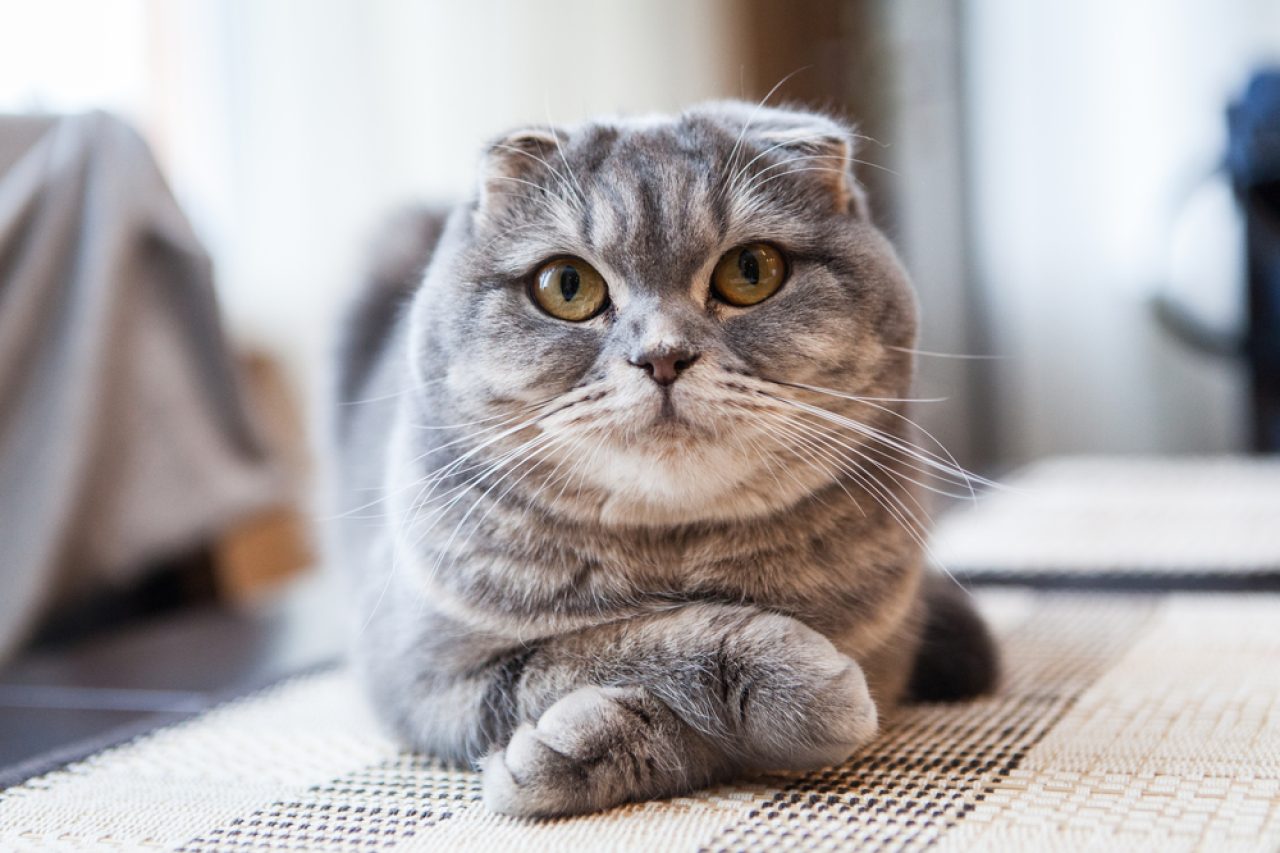
Scottish Folds can proudly claim the title of the cutest cat breed ever. Their folded ears and owl-like appearance make them irresistible, especially to first-time owners. They are also very friendly by nature, and equally energetic and calm.
So, where’s the problem then?
The thing with Scottish Folds is that they are extremely (and I mean extremely!) loyal. They usually bond with only one family member – the one who feeds them and takes care of them the most. And they basically ignore the rest of the family.
Therefore, if you’re not living alone or if you (God forbid!) have a dog, you might want to skip this breed.
3. Bombay cats
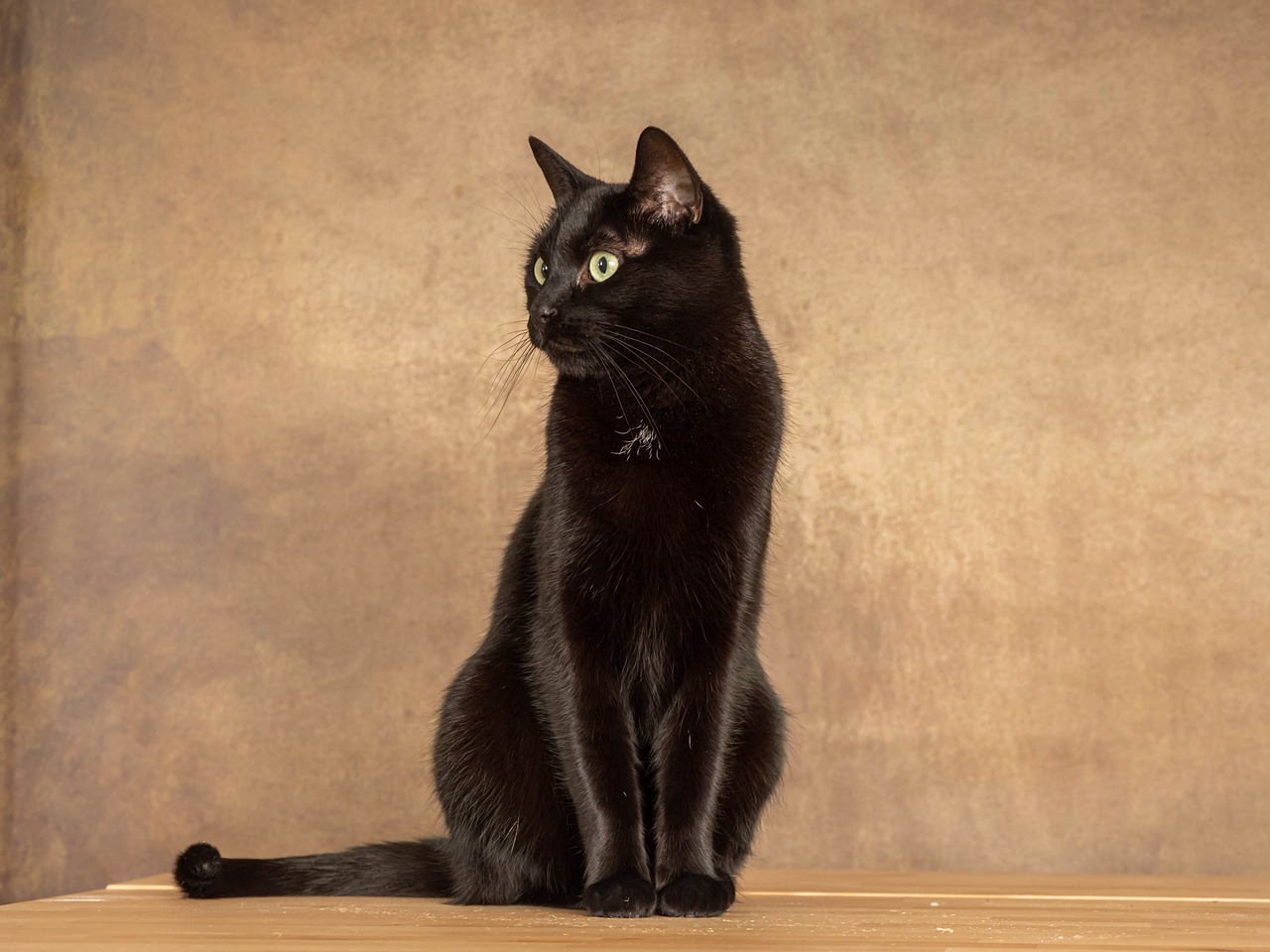
Bombay cats are notorious for their panther-like appearance and extremely playful nature. They are very active and energetic cats who easily bond with their family members. They are also an extremely smart breed that you can train fairly easily.
So, what makes them one of the worst breeds if you’re a first-time cat owner?
They’ve earned their bad reputation by being too aggressive. Mind you, they’re not aggressive all the time, just when they’re playing. But you see, they like to play rough. Sometimes they just get carried away and forget the game they’re playing is not a life-or-death matter.
They are also extremely sensitive to sudden loud sounds and noises. So, if you happen to have a big family with lots of (loud) children, keep in mind your Bombay fluff might not enjoy it.
4. Savannah cats
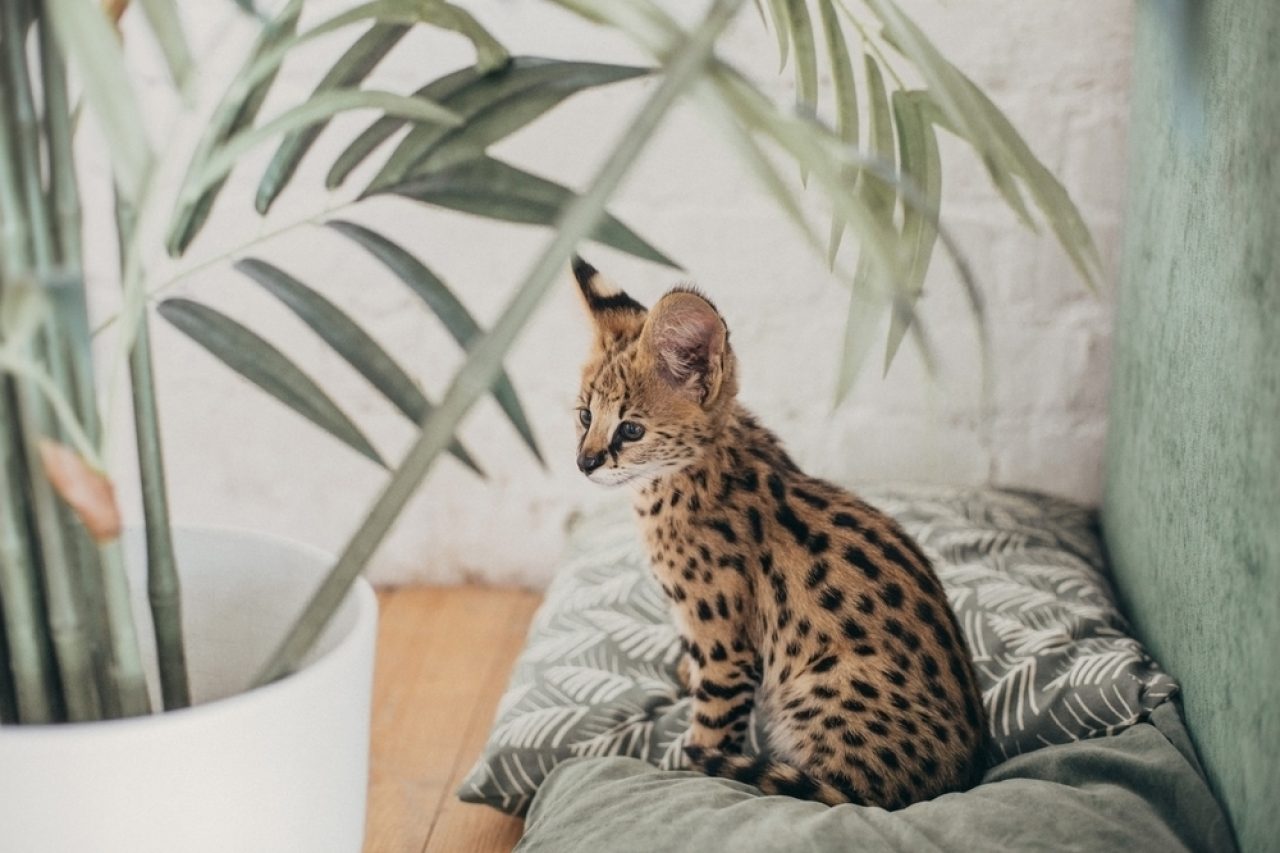
Another wild-like cat on the list! This beautiful leopard doppelgänger is highly energetic and usually overly stubborn and independent. Some say their personality is very dog-like since they enjoy games like fetch and even walking on a leash.
Many people perceive this breed as pretty dangerous. This might be due to their wild nature and predatory predisposition. They’re famous for their unexpected behavior, so it would be best to stay on their good side.
What puts them among the worst breeds for first-time owners is the fact that they’re not your usual lap cat. Savannahs don’t like to be held and cuddled, and you might find that out the hard way.
So if you’re looking for a snuggle buddy, you should search for a different breed.
5. Siamese cats
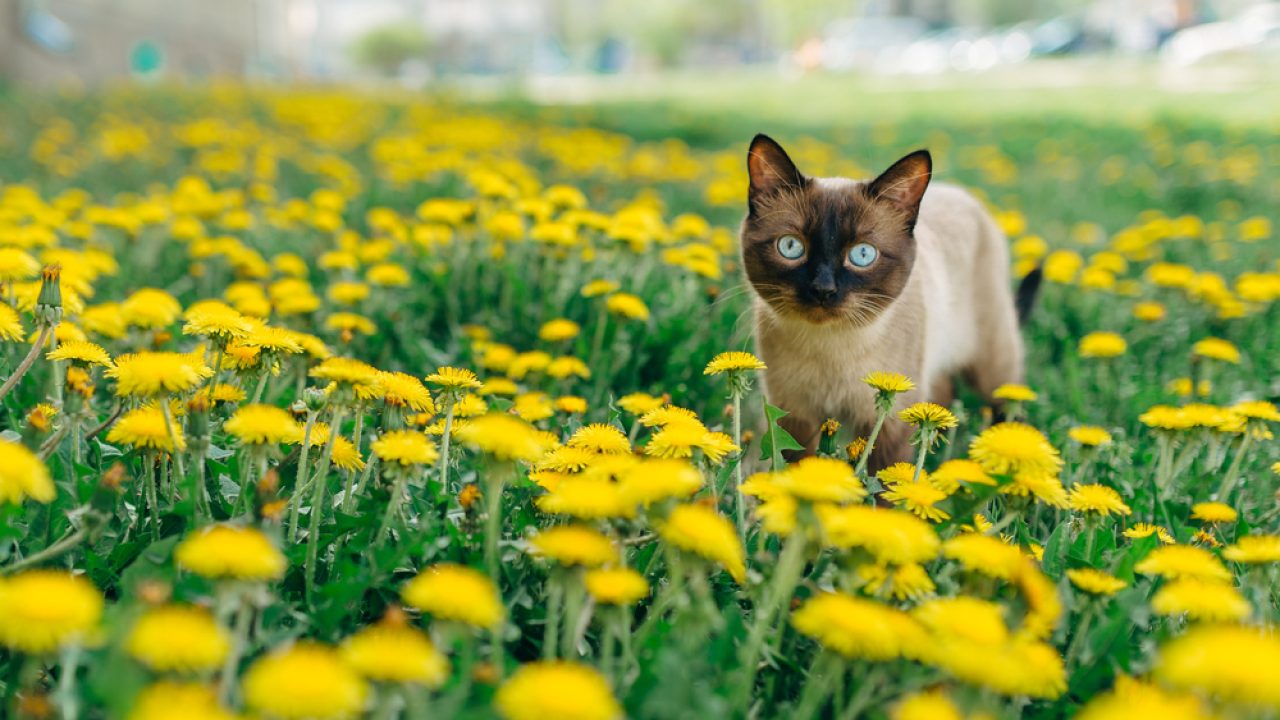
Siamese cats are one of the most recognizable cat breeds today. Their beautiful blue eyes and distinct point fur coloration make them irresistible for many cat aficionados.
They are both playful and laid-back and can build a great and loving relationship with their owner. Since their fur is short and silky, they don’t require any special grooming. They can be extremely vocal which can, depending on your preferences, be either entertaining or irritating.
Another thing that contributes to their popularity is that Siamese cats are extremely intelligent and can easily learn many tricks. They are also highly sociable and enjoy the company of people and other animals alike.
You probably think we made a mistake by including them on this list since there is no way these purrfect little beings could be listed among the worst cat breeds for first-time owners. But, here they are anyway.
The reason most people think Siamese cats are problematic is that they are pretty needy.
They are decidedly loyal to their owner, but that can easily turn into excessive attachment issues. If they don’t receive the right amount of attention, they turn into mischievous little rascals. And you might end up with way more broken vases than you signed up for.
Also, if left alone and unattended for too long, they are prone to developing separation anxiety and depression. And I’m sure no one wants a sad kitty moping around the house.
Therefore, if your lifestyle doesn’t align with Siamese’s demanding personality trait, you might want to consider getting a more independent cat.
6. Korat cats
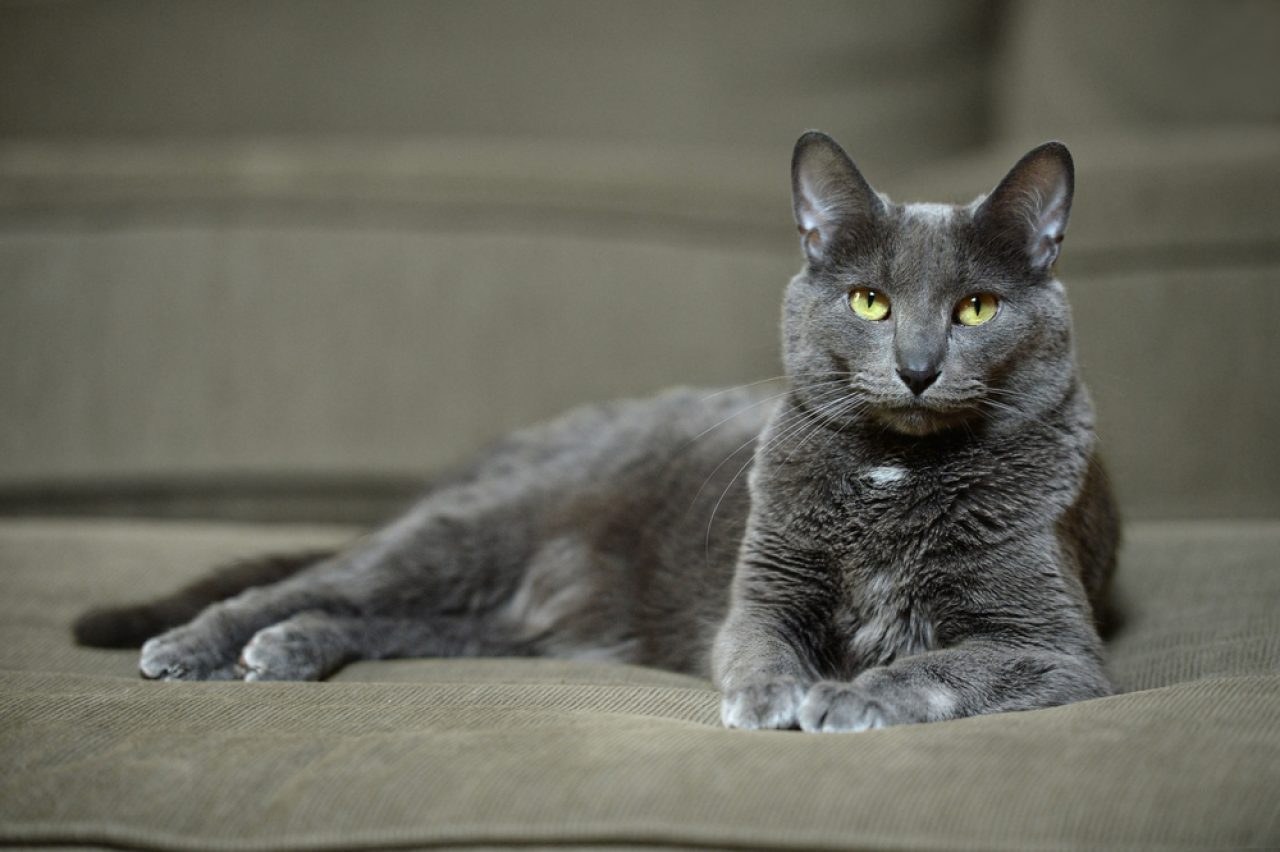
Like Siamese cats, Korats are affectionate and sociable, friendly towards both humans and other animals. An interesting feature of their appearance is their unusual silver-blue coat, which people often describe as “shimmering” (Edward Cullen who??)
Korats are very intelligent and have a great memory (something I envy them for) and if lost, they can easily find their way back home. They have an average energy level and can be both playful and a couch-potato.
But, the thing that would make you reconsider getting them is that, like Siamese, Korats can get extremely attached to their owner. They become immensely stressed and depressed if their owner leaves them alone for too long.
This breed enjoys peaceful and quiet surroundings and can turn into violent little vixens if their peace is disturbed. Also, they are quite prone to jealousy, so they are best suited for homes where they will be the one and only pet.
So, if you spend a lot of time away from home, or if you happen to have a dog, for example, then you might want to consider not getting this breed.
7. Sphynx cats
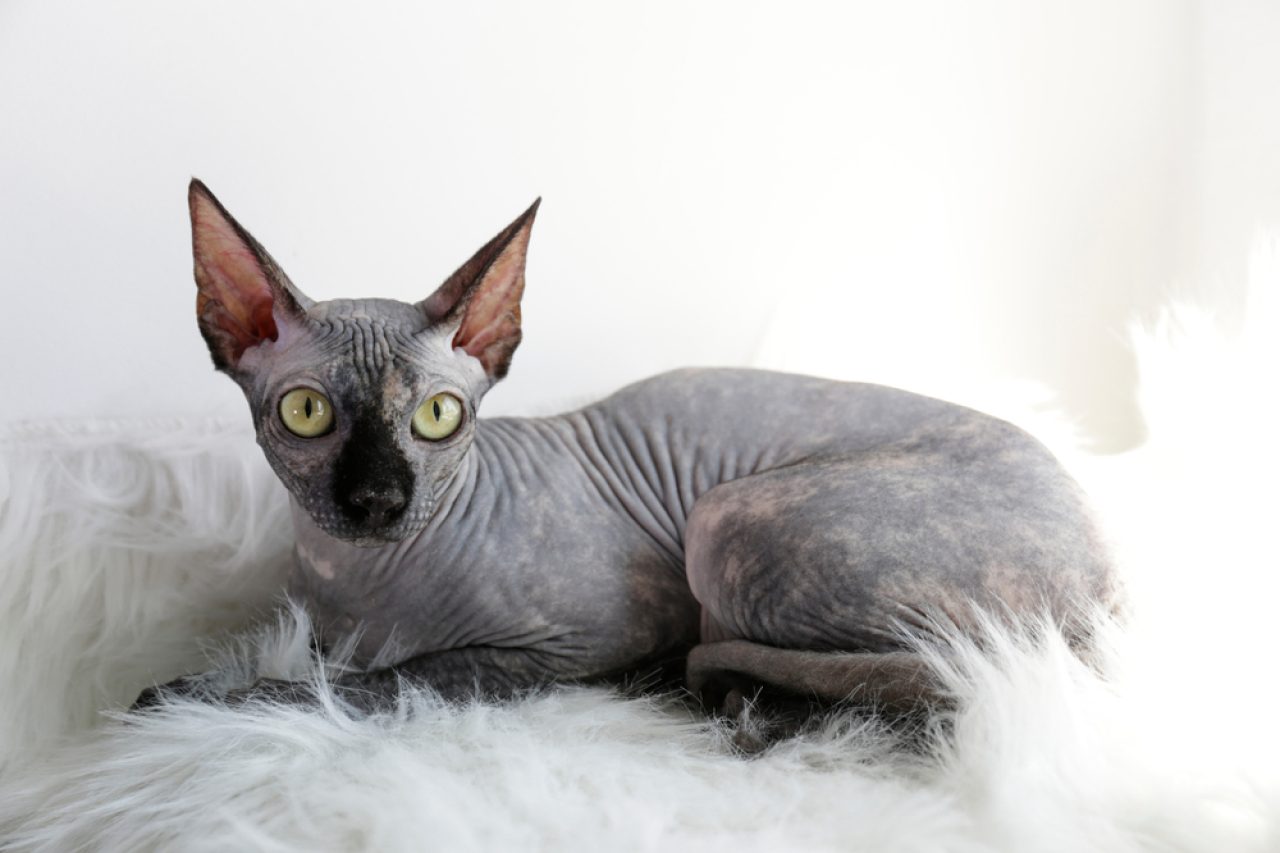
Don’t know about you, but when I think about Sphynxes, that scene from Friends pops into my mind. You know the one where Rachel comes home with a Sphynx on a cushion and Ross asks her, “Why is the cat inside-out?”
Jokes aside, this breed is famous for evoking one of only two emotions in people: complete delight or total dislike.
Sphynx cats are the epitome of the famous saying, “Don’t judge a book by its cover.” They are an intelligent breed with an extremely fun and playful nature. They are very sociable and get along well with both people and other animals.
However, even though they are very sociable, Sphynx cats are also known for their neediness (and selfishness). They have to be the center of everyone’s attention, especially their owners’, and you don’t want them fighting with others for your love.
And although this breed is hairless, it doesn’t mean they don’t require any grooming. Sphynx cats have extremely oily skin and require regular bathing. And because their skin is so exposed, they are highly sensitive to both hot and cold conditions.
They are also prone to some serious health conditions and are known to have a big appetite. So their owner has to keep a special eye on them by making sure they have regular vet visits and a good and nutritious (but controlled!) diet. All of which can cost you more than you planned on spending.
8. Devon Rex cats
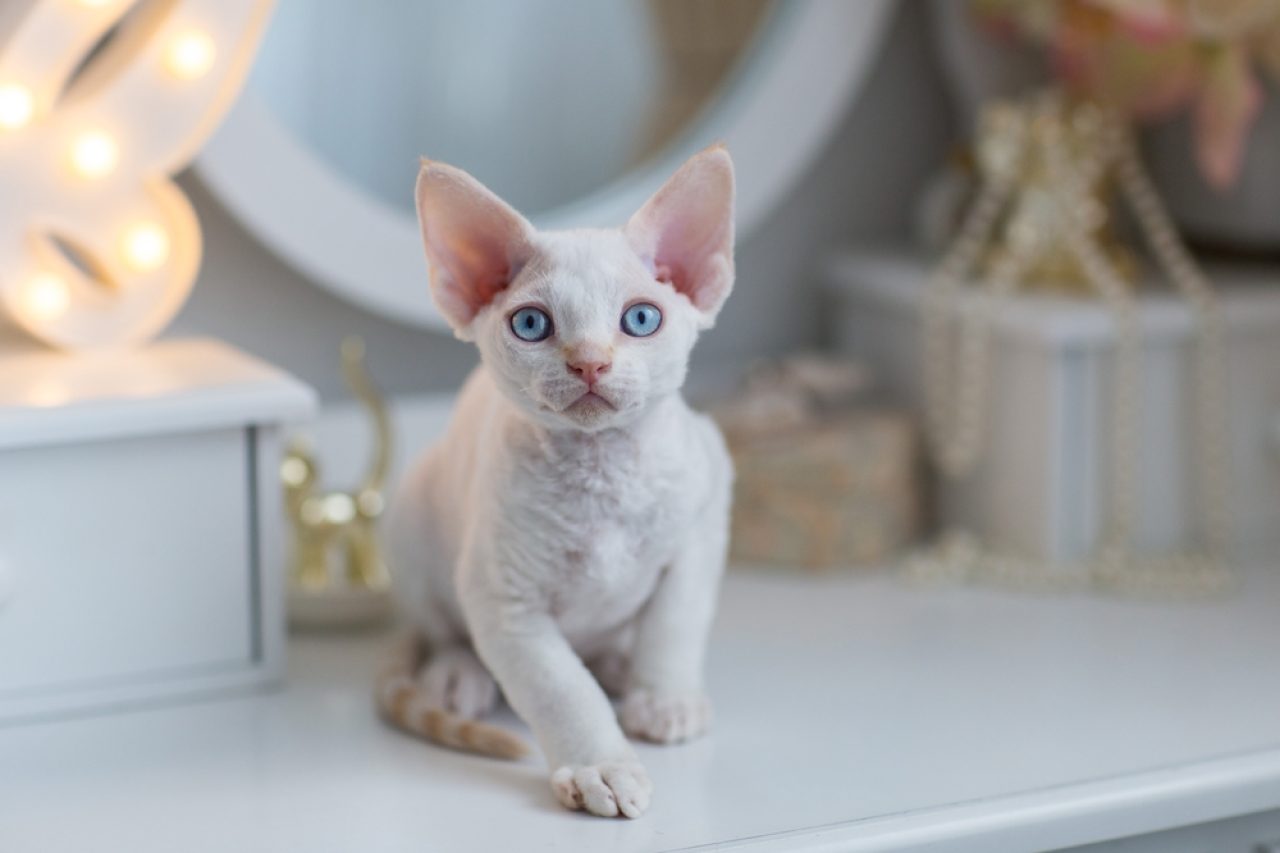
And last but not least are Devon Rex cats, a breed with a slender stature, large pointy ears, and curly coat. They, too, are intelligent, people-oriented, and extremely active. Due to their high energy levels, people often referred to them as “a monkey in a catsuit.”
Devons prefer high places and are famous for being great jumpers. They are also a bit mischievous by nature so you can only imagine how those two traits work together.
The reason they’ve made this list is that they are yet another breed that forms a strong attachment with their owner. Also, you would have to entertain them constantly and not leave them alone for too long.
So again, if your lifestyle includes being away from your home for long hours, this breed might not be for you.
9. Bengal
And next up are Bengal cats, known for their wild, striking appearance and boundless energy. With their sleek coats and athletic build, Bengals are not your average cat – they are highly intelligent, trainable, and full of vitality. Often referred to as “the sports cars of the cat world,” they need constant stimulation and a spacious environment to stay happy.
Bengals are active and love to explore, so they require a lot of playtime and mental challenges to prevent them from getting bored. Without enough interaction, they may resort to mischievous or even destructive behavior. Their energetic nature makes them perfect for active households, where they can get the attention they crave.
If you’re considering bringing a Bengal into your home, be prepared to dedicate time and effort to keeping them engaged. They aren’t the type to curl up on your lap for hours and may not be the best fit for first-time owners who aren’t ready for their high demands.
10. Abyssinian
Abyssinians are the adventurous, high-energy explorers of the cat world, always on the move and driven by curiosity. Their boundless energy keeps them climbing, jumping, and discovering new corners of your home. Their playful spirit makes them constant sources of activity, often turning a peaceful house into a lively playground.
These cats thrive on engagement, preferring dynamic interactions over quiet cuddles. While affectionate, Abyssinians are more likely to be zooming around than sitting still. First-time cat owners may find themselves overwhelmed by their constant need for attention and mental stimulation.
If you’re looking for a cat that matches your active lifestyle, an Abyssinian could be the perfect companion—just be prepared for the lively challenges they bring. They aren’t lap cats, so get ready for a furry whirlwind of fun.
11. Russian Blue
Known for their calm, reserved demeanor and independent spirit, these cats are a breed that forms deep bonds with their families. However, they tend to be slow to warm up to strangers and new situations. Their quiet nature might be mistaken for aloofness, but it’s simply because they are selective about their social interactions.
They thrive in a peaceful, calm environment, making them sensitive to chaos or sudden changes. The need for a serene atmosphere means they may not be the best fit for homes with constant commotion or unpredictable routines.
For first-time owners, patience and understanding are key to gaining their trust. These cats require time to feel secure, making them better suited to those who can offer a stable, quiet home.
12. Maine Coon
Known for their gentle giant stature and playful personalities, these cats quickly become beloved family members. While their size might be imposing at first, their affectionate nature shines through, making them delightful companions. However, their larger-than-life presence means they need plenty of space to roam and explore, which can be a challenge for those living in smaller homes or apartments.
One aspect of owning this breed that might overwhelm new owners is their thick, plush coat. Regular grooming is essential to prevent matting and tangling, which can be time-consuming and require consistent effort. On top of that, their shedding can add to the upkeep, making maintenance a bigger commitment for someone unprepared for this level of care.
Despite their friendly and social demeanor, these cats thrive in environments where their physical and emotional needs are well catered to. They enjoy interactive play and being around their families but can become a handful for beginners who may struggle with their grooming routine and size.
13. Turkish Van
Imagine a cat who loves the water almost as much as a dog! The Turkish Van is one of the few breeds with a true fascination for swimming, often seen splashing around in pools or even relaxing in water. While this quirky trait can be endlessly entertaining, it also requires a vigilant eye to ensure their safety in aquatic environments.
Not only do these cats love to swim, but their active and adventurous nature means they are always on the move, exploring new spaces and engaging in playful activities. They need ample room to stretch their legs and plenty of mental stimulation to keep their curiosity satisfied.
For first-time owners, the Turkish Van can be a bit of a challenge. The need for water play and constant exploration, paired with their energetic lifestyle, may be tough to manage without the right environment.
14. Ragdoll
At first glance, the Ragdoll might seem like the perfect low-maintenance companion, with their relaxed demeanor and docile personality. However, beneath that calm exterior lies a cat that craves constant affection and companionship. Their loving nature makes them ideal lap cats, but their need for attention can quickly become apparent.
Despite their seemingly independent attitude, Ragdolls can become lonely and stressed if left alone for too long. These cats are happiest when they’re part of the family’s activities and interact regularly with their human companions. Without this, they may not thrive.
For first-time owners, it’s easy to mistake a Ragdoll’s easygoing demeanor for independence. However, neglecting to provide them with the social interaction they need can lead to emotional distress.
15. Manx
With their signature tailless appearance and strong hunting instincts, Manx cats are not your typical house pet. These energetic and playful felines need plenty of room to roam, making outdoor access or spacious indoor environments a must. Their curiosity and playful nature can quickly turn into mischief if not properly stimulated.
Though social, Manx cats tend to be independent, often forming strong, one-on-one bonds with their chosen person. This loyalty can make them incredibly affectionate, but also selective when it comes to their human interactions. Understanding this balance is essential for owners looking to form a close bond with them.
For first-time cat owners, the unique needs of a Manx can be overwhelming. Their high energy and desire for exploration mean that providing a stimulating and engaging environment is essential. Without this, behavior issues related to boredom can quickly arise.

